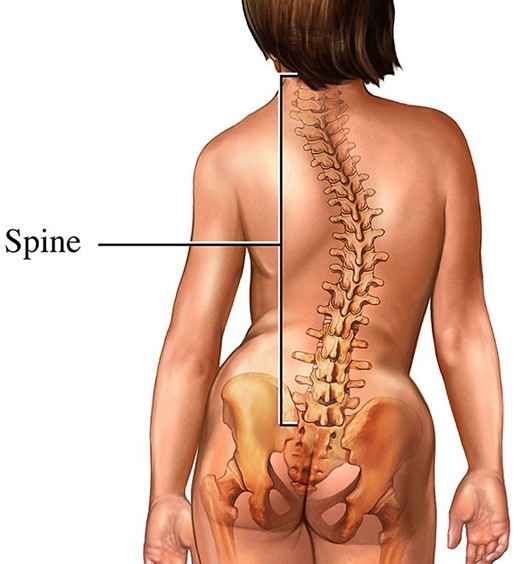A nurse is caring for a preschooler with a partial-thickness burn on her right forearm. Which of the following findings should the nurse expect? (Select all that apply.).
Intact epidermis.
Dry surface.
Sensitive to touch.
Wound blanches with pressure.
Blisters.
Correct Answer : C,D,E
The correct answers are C, D, and E.
Choice A rationale: Intact epidermis would not be expected with a partial-thickness burn as the burn extends into the dermis.
Choice B rationale: A dry surface is not characteristic of partial-thickness burns, which typically have a moist surface.
Choice C rationale: Partial-thickness burns are sensitive to touch due to the damage to nerve endings in the dermis.
Choice D rationale: Wound blanches with pressure because the blood vessels are damaged, allowing blanching on pressure.
Choice E rationale: Blisters are a common feature of partial-thickness burns, as the damage to the dermis causes fluid to accumulate.
Nursing Test Bank
Naxlex Comprehensive Predictor Exams
Related Questions
Correct Answer is A
Explanation
Adolescents affected by scoliosis often experience body image dissatisfaction.
Therefore, the nurse should anticipate body image changes as the most common reaction.
Choice B is not correct because loss of privacy is not the most common reaction
when dealing with scoliosis surgery.
Choice C is not correct because feelings of displacement are not the most
common reaction when dealing with scoliosis surgery.
Choice D is not correct because identity crisis is not the most common reaction
when dealing with scoliosis surgery.

Correct Answer is C
Explanation
Infants with spina bifida are at an increased risk of developing a latex allergy
due to repeated exposure to latex products during medical procedures.
Providing a latex-free environment can help prevent the development of an allergy.
Choice A is not correct because limiting visitors to immediate family members is not necessary for the care of an infant undergoing surgical closure of the myelomeningocele sac.
Choice B is not correct because maintaining the infant in the supine position is not necessary for this procedure.
Choice D is not correct because initiating contact precautions is not necessary for this procedure.
Whether you are a student looking to ace your exams or a practicing nurse seeking to enhance your expertise , our nursing education contents will empower you with the confidence and competence to make a difference in the lives of patients and become a respected leader in the healthcare field.
Visit Naxlex, invest in your future and unlock endless possibilities with our unparalleled nursing education contents today
Report Wrong Answer on the Current Question
Do you disagree with the answer? If yes, what is your expected answer? Explain.
Kindly be descriptive with the issue you are facing.
